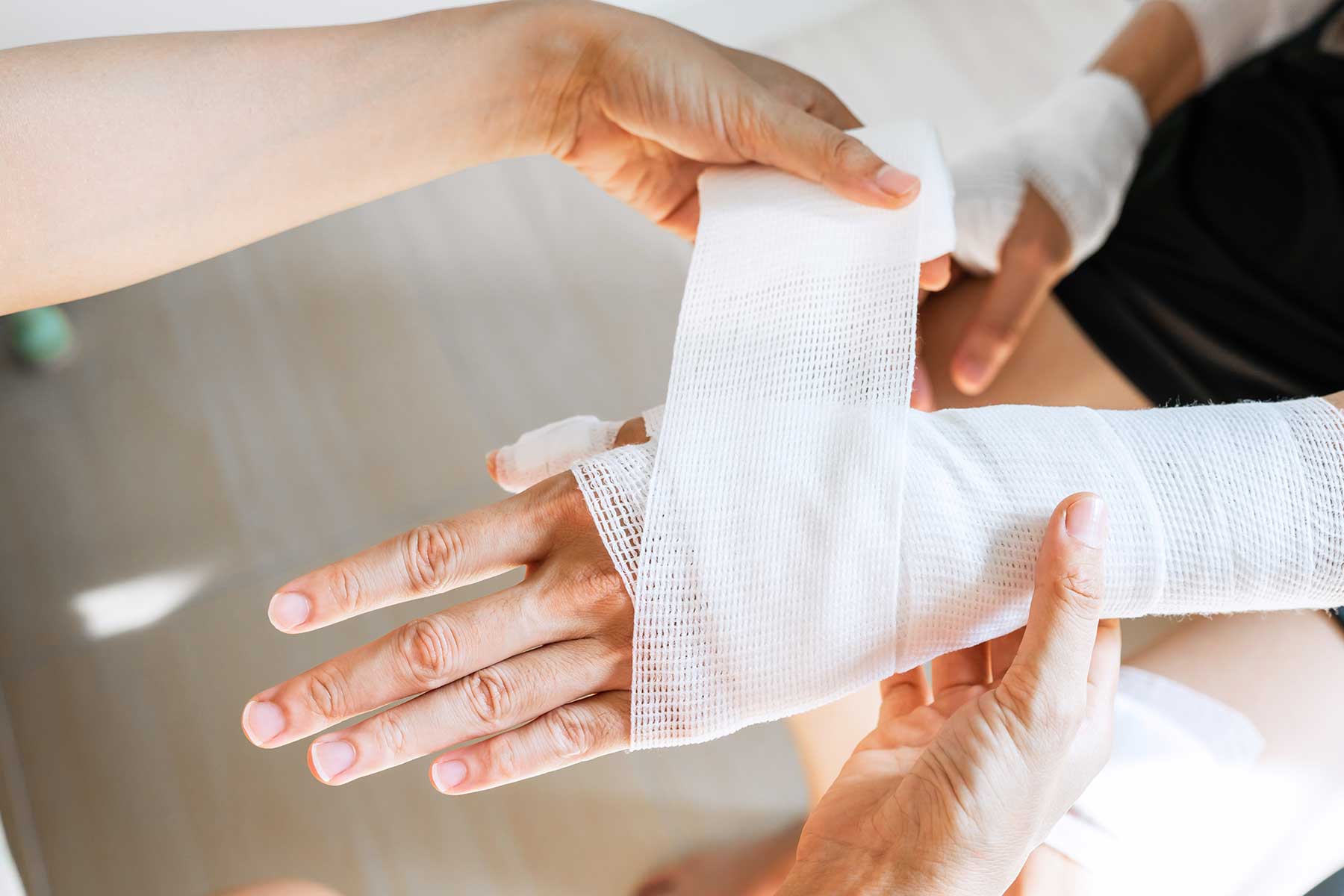Introduction
Wound care management is an important aspect of healthcare, particularly in the treatment of persistent injuries and intricate injuries. Whether it's a basic cut or an extra challenging abscess, reliable wound monitoring can dramatically influence healing end results. Proper approaches not only expedite recovery yet likewise lower the danger of infection and difficulties. As health care specialists, comprehending these techniques is paramount. In this write-up, we dig deep into Wound Treatment Management: Techniques for Effective Outcomes, incorporating various aspects such as training for experts, nursing education, and advanced strategies for managing intricate wounds.
1. Understanding Injury Treatment Management
1.1 What is Wound Treatment Management?
Wound care monitoring describes the methodical method to treating injuries with proper analysis, medical diagnosis, and therapy methods. It consists of everything from cleansing and clothing wounds to monitoring healing progress.
1.2 Relevance of Wound Care
Effective wound treatment is vital due to the fact that it assists prevent infections, advertises quicker healing, and ultimately reduces health care expenses connected with prolonged treatments.
2. Types of Wounds
2.1 Acute Wounds
Acute injuries are those that heal promptly without problems. They usually result from surgical treatment or accidental injuries.
2.2 Chronic Wounds
Chronic wounds persist in time and are often associated with underlying problems such as diabetic issues or vascular disease.
3. The Role of a Wound Care Specialist
3.1 What Does a Wound Care Professional Do?
A wound care specialist concentrates on identifying and treating various sorts of injuries using specialized understanding and techniques.
3.2 Training Needed for Specialists
To end up being an injury treatment specialist, one need to go through rigorous training that includes both academic knowledge and useful skills.
4. Wound Care Expert Training
4.1 Overview of Educating Programs
Training programs for wound treatment experts differ widely yet typically consist of coursework on anatomy, physiology, and the latest injury care technologies.
4.2 Certification Options Available
Various companies use qualifications in wound care management that enhance credibility and know-how in the field.
5. Wound Treatment Training for Nurses
5.1 Importance of Specialized Training
Nurses play an essential duty in person treatment; therefore, specialized training in wound management is essential for supplying top quality healthcare services.

5.2 Curriculum Parts in Nursing Programs
Most nursing programs now include components concentrated on basic wound care training to gear up registered nurses with basic skills needed in clinical settings.
6. Wound Care Educating Courses
6.1 Online vs On-site Courses
With the increase of electronic knowing systems, several experts are selecting on the internet wound care training courses that offer versatility without jeopardizing on quality.
6.2 Program Material Overview
Typical course material includes anatomy pertinent to wound recovery, ideal techniques in clothing application, infection control steps, amongst others.
7. Basic Wound Care Training Essentials
7.1 Trick Skills Got With Standard Training
Basic wound care training gears up individuals with abilities like cleansing techniques, using dressings correctly, and identifying indications of infection.
7.2 Significance of Hands-on Practice
Theory alone isn't sufficient; hands-on technique is vital for creating confidence and effectiveness in managing injuries effectively.
8. Advanced Methods in Complex Wound Care
8.1 Comprehending Intricate Wounds
Complex injuries require specific treatments because of their nature-- usually including deeper tissues or underlying health and wellness concerns that impede healing processes.
8.2 Therapy Modalities
Advanced modalities include adverse stress injury therapy (NPWT), bioengineered tissues, and other innovative methods tailored to promote recovery in complex cases.
9. Chronic Wound Care Management Strategies
9.1 Identifying Underlying Causes
Identifying the origin of persistent wounds-- be it inadequate flow or diabetes mellitus-- is essential for reliable therapy plans.
9.2 Multidisciplinary Approach
A successful chronic injury management method usually includes cooperation amongst numerous doctor consisting of dietitians, foot doctors, and physical therapists.
10. The NDIS (National Disability Insurance Policy Scheme) & Injury Care
10.1 NDIS Assistance Services
For people under the NDIS structure requiring continuous injury administration assistance solutions are crucial to ensure they get proper treatment customized to their needs.

10.2 Financing Options Available
Understanding funding options readily available with NDIS enables clients to gain access to necessary treatments without financial burden.
Frequently Asked Questions (FAQs)
Q1: What credentials do I need to become a wound care nurse?
A: Commonly calls for a nursing degree together with specialized certification in injury monitoring gotten via recognized programs or training courses concentrated on nursing injury care training.
Q2: How long does it require to complete a wound care training course?
A: Course period varies; nevertheless, many on the internet programs can be completed within numerous weeks while comprehensive qualification programs may take months depending upon deepness and schedule flexibility.
Q3: Can I handle my own persistent injuries at home?
A: While wound care training courses some individuals can take care of small persistent injuries at home with appropriate education from healthcare providers, severe cases ought to constantly be evaluated by experts to prevent complications.
Q4: Why is infection control critical in injury management?
A: Infection control avoids difficulties that can develop from neglected infections which may postpone recovery or cause extra extreme health and wellness concerns requiring considerable medical intervention.
Q5: Are there particular products recommended for chronic wound management?
A: Yes! The choice of products depends on the type of chronic injury; usual alternatives include hydrocolloid dressings, alginates, foam dressings and so on, tailored based on private demands analyzed by health care providers.
Q6: Is there ongoing education readily available after initial certification?

Conclusion
In verdict, effective Wound Care Monitoring: Approaches for Successful Outcomes count heavily on competent experts that recognize both fundamental concepts and progressed methods necessary for advertising optimum healing problems across varied individual populaces-- from acute injuries requiring instant interest to intricate persistent injuries calling for continuous assessment and treatment techniques customized in the direction of all natural health goals. By focusing on education and learning through comprehensive training programs created particularly around progressing criteria within this vibrant area-- health care professionals can enhance their ability providing extraordinary service while making sure favorable individual experiences producing effective results over time.